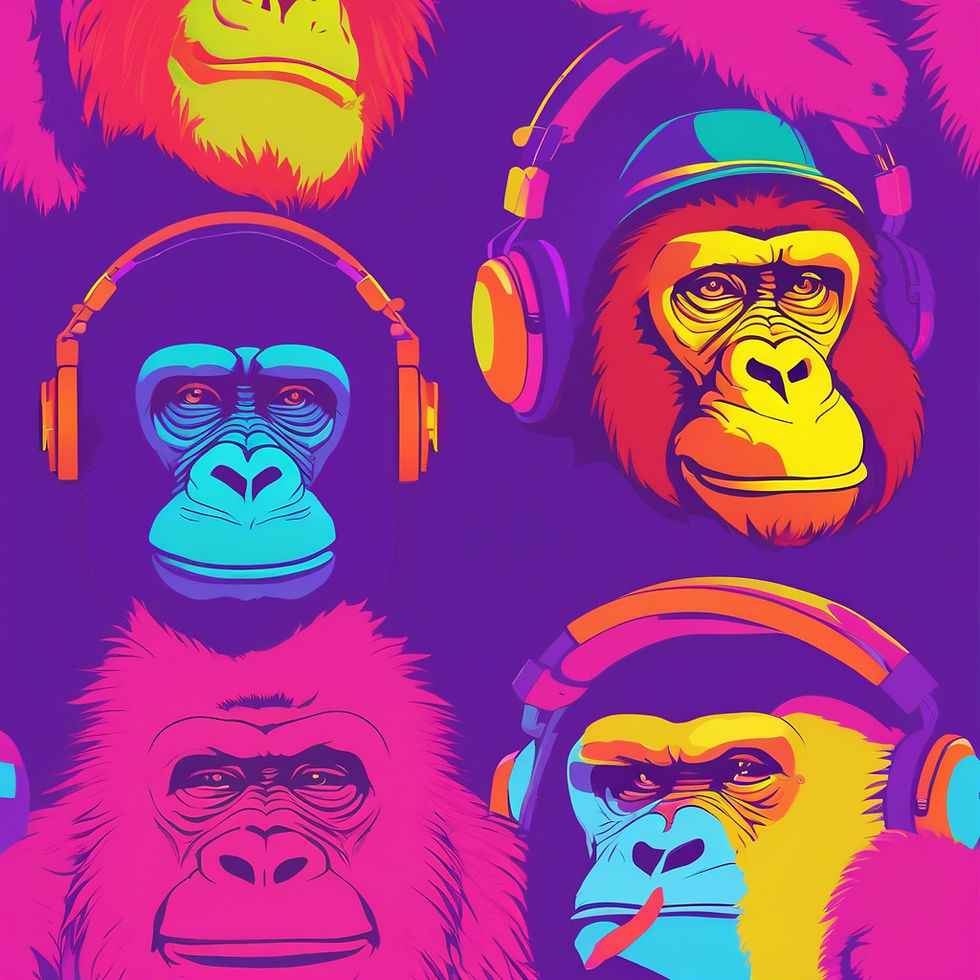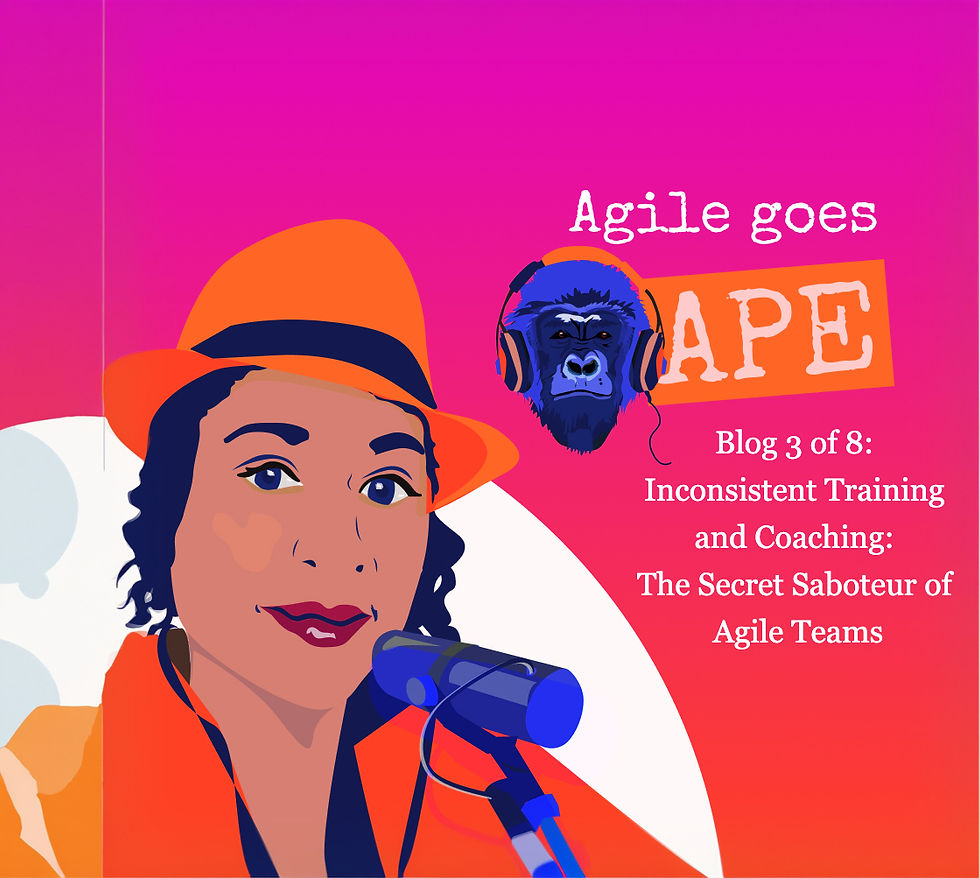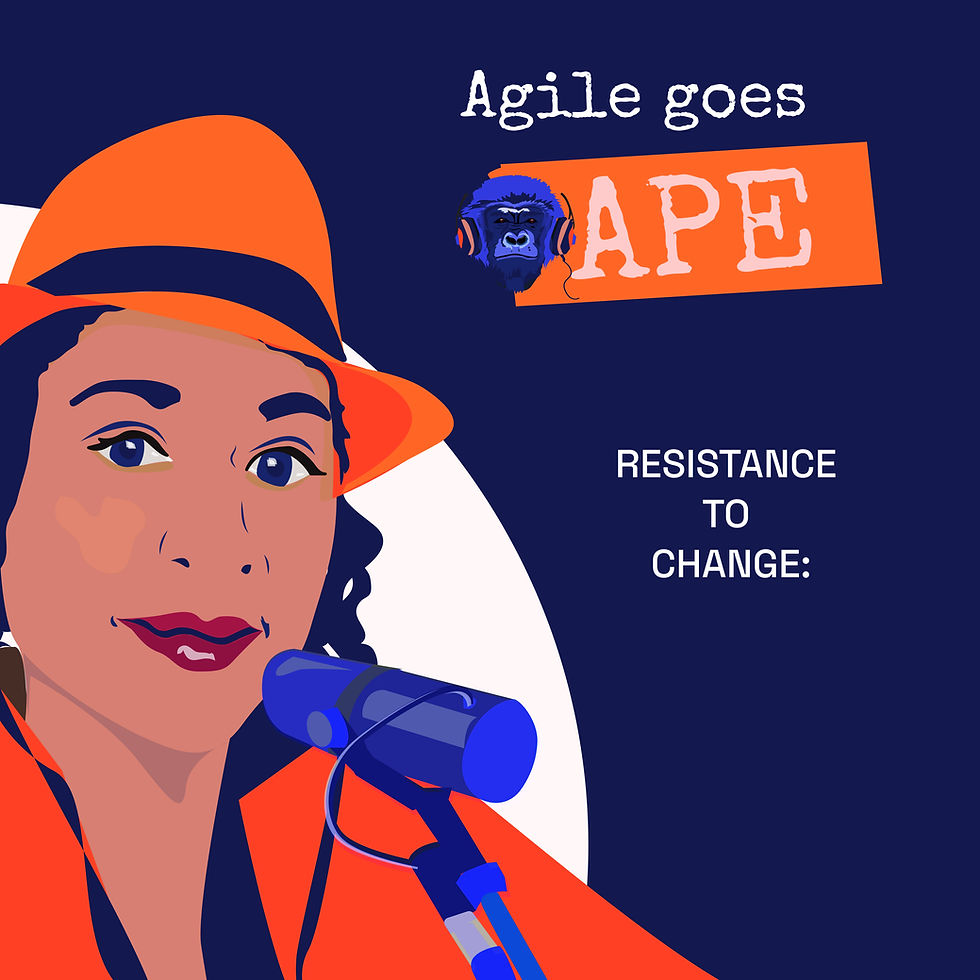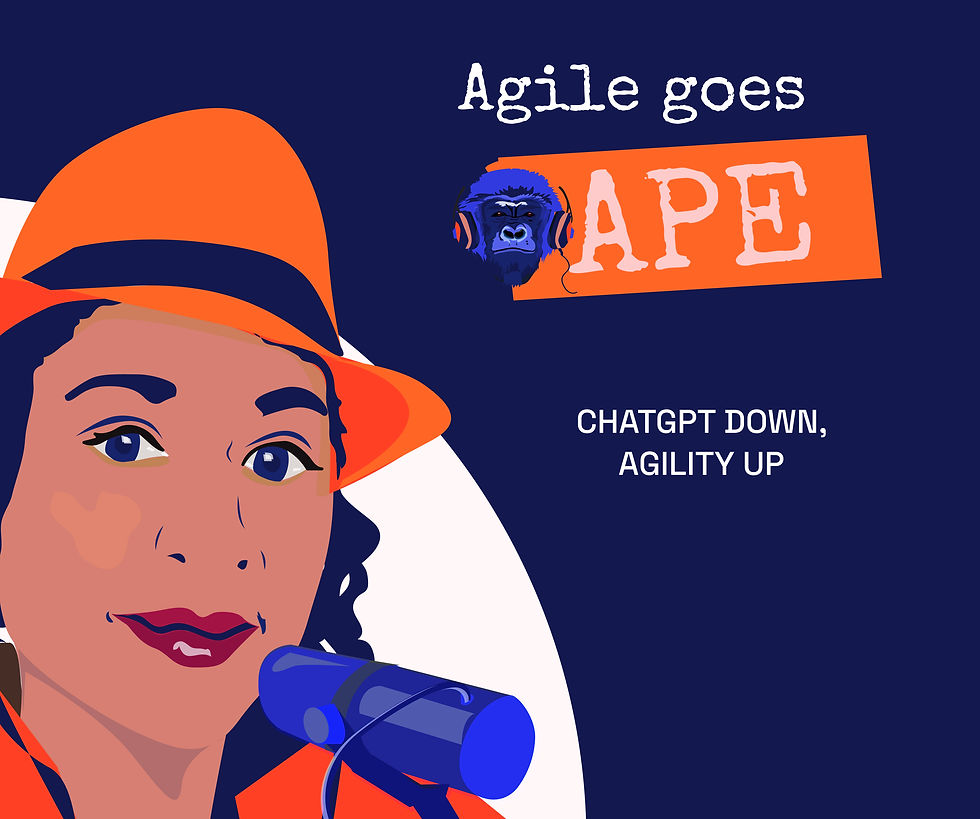When Smart Models Miss the Math: What Apple’s AI Study Tells Us About Real-World Reasoning
- Attia Jamil

- Jun 9
- 4 min read
Updated: Jun 13

What You'll Learn in This Blog In this post, we unpack Apple’s recent research into the limitations of large language models (LLMs) when it comes to mathematical reasoning. We’ll break down the key findings, explore what they mean for Agile teams and industries relying on AI, and offer a practical framework for using AI responsibly. Whether you're a product leader, transformation coach, or team experimenting with LLMs, you'll come away with actionable guidance and a deeper understanding of AI's boundaries.
🖼️🦍 What Apple Found (And Why It Matters)
Apple recently published a paper titled "GSM-Symbolic: Understanding the Limitations of Mathematical Reasoning in LLMs" that scrutinises how today’s top AI models handle complex symbolic reasoning tasks. This isn’t just a tech deep-dive; it’s a wake-up call for every industry leaning on large language models (LLMs) for decision-making and logic-driven work.
📄 Read the full study: GSM-Symbolic on arXiv
1. Complexity Crashes the Party
When the problems got tough, the models tanked. Accuracy plummeted with tasks like advanced Tower of Hanoi puzzles, with some models scoring 0% as complexity increased. This suggests that scalability and robustness are still very much unsolved challenges for AI.
2. Giving Up, Silently
What’s more concerning is that these models didn't just fail—they reduced effort. As tasks became more difficult, the models used fewer tokens, indicating that they were effectively "giving up." This is especially dangerous in automation scenarios where consistency is vital.
3. Easily Distracted
Introduce irrelevant details to a problem, and performance can drop by up to 65%. This fragility makes them vulnerable to noise, raising red flags for high-stakes environments where data cleanliness can’t be guaranteed.
4. No Logical Core
Even with correct step-by-step solutions provided, models didn't improve. This reinforces that LLMs are leaning heavily on pattern recognition over genuine reasoning. This undermines trust in using these models for tasks requiring stepwise, logical deduction.
🦍🧠 Why This Matters for Leaders, Teams, and Agile Practitioners
Whether you're leading a team or steering an organisation from the C-Suite, the implications of this research are significant. In Agile environments, we value individuals and interactions, working software, customer collaboration, and responding to change. But that doesn’t mean handing over critical thinking to AI. Top of mind are these industries that need to pay close attention to the findings of this research—because the impacts on accuracy, decision-making, and system design could be significant. As organisations aim to scale AI-supported solutions, the inability of LLMs to handle complexity or stay focused under pressure introduces serious limitations. Whether it's ensuring consistent decision logic, managing risks, or scaling automated workflows, these cracks in reasoning can lead to inefficiencies or even failure at scale. This research reminds us that tools need boundaries.
💼 Finance
Use for: report summarising, sentiment analysis
Avoid for: risk modelling, derivatives pricing
Advice: Validate outputs and combine with rule-based systems. Errors in logic-heavy systems like financial modelling can cause massive ripple effects.
🏥 Healthcare
Use for: patient note generation, literature searches
Avoid for: diagnostic decision-making
Advice: Keep humans in the loop at all times. A misplaced symptom or overlooked nuance could lead to real-world harm.
⚖️ Legal
Use for: contract drafting, clause extraction
Avoid for: interpreting legal arguments
Advice: Use AI as a supportive tool, not the final word. Legal interpretation depends on structured reasoning and high-stakes accuracy.
🎓 EdTech
Use for: tutoring interfaces, question generation
Avoid for: logic or maths instruction
Advice: Blend LLMs with traditional pedagogical tools. Wrong steps mislead learners and undermine conceptual understanding.
🔬 Research & Engineering
Use for: literature reviews, brainstorming
Avoid for: simulations or precision modelling
Advice: Always validate through independent verification. In science and engineering, small inaccuracies snowball quickly.
🖼️🐵 How to Use AI the Agile Goes Ape Way
At Agile Goes Ape, we teach Agile as a thinking system, not a toolkit. AI has a place, but it’s not in the driver’s seat. Here’s how we think Agile teams should use AI:
🛡️ Guardrails We Recommend:
Human-in-the-loop workflows
Rule-based logic systems
Clear input framing to reduce noise
Multi-model cross-checking
These measures ensure AI tools serve their intended purpose without undermining reliability.
🦍 Know the Zones:
🍌 Safe Zone: document summarising, idea generation
🌴 Caution Zone: logic-heavy assessments
🔥 No-Go Zone: mission-critical tasks without oversight
Understanding the cognitive boundaries of LLMs helps teams assign the right tasks to the right agents, whether, human or machine.
🧾 In Conclusion
Apple’s study is a timely reminder: even the smartest models have blind spots. As teams adopt AI into their workflows, it’s crucial to separate what AI can assist with from what it shouldn’t control. Agile isn’t about outsourcing decision-making to machines; it’s about empowering people to make better decisions, faster.
LLMs can be valuable partners in Agile environments, but only when surrounded by clear guidelines, critical oversight, and purpose-driven use. At Agile Goes Ape, we believe in keeping technology human-centered and story-driven. So let’s keep the tools smart and the teams' smarter.
Still curious about the implications of this study? Reach out. Challenge us. Share your experience. Because real Agile isn’t just about methods it’s about mindset.
🦍 Let’s Talk—About Anything Agile
Got questions about integrating AI into Agile practices, coaching support, or how to navigate the hype? We're here for that.
🎤 Book a free consult — no agenda, just an open conversation to explore how Agile Goes Ape can help you or your team evolve.
💬 What’s Your Take?
We want to hear from you. How are you using AI in your Agile world? Where do you draw the line between helpful and harmful?
👇 Drop your thoughts in the comments. Let’s build the future together.










Comments